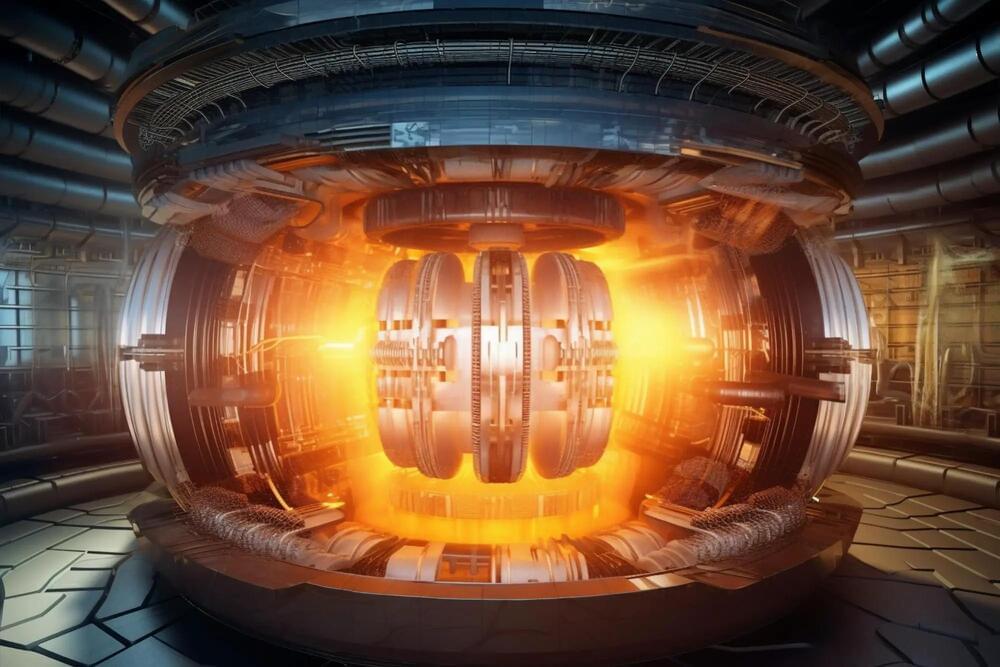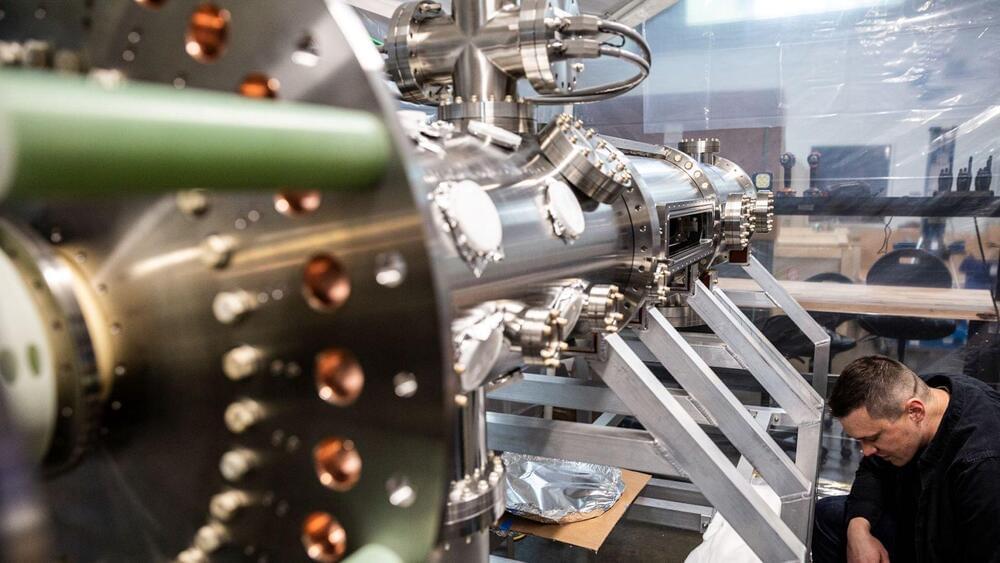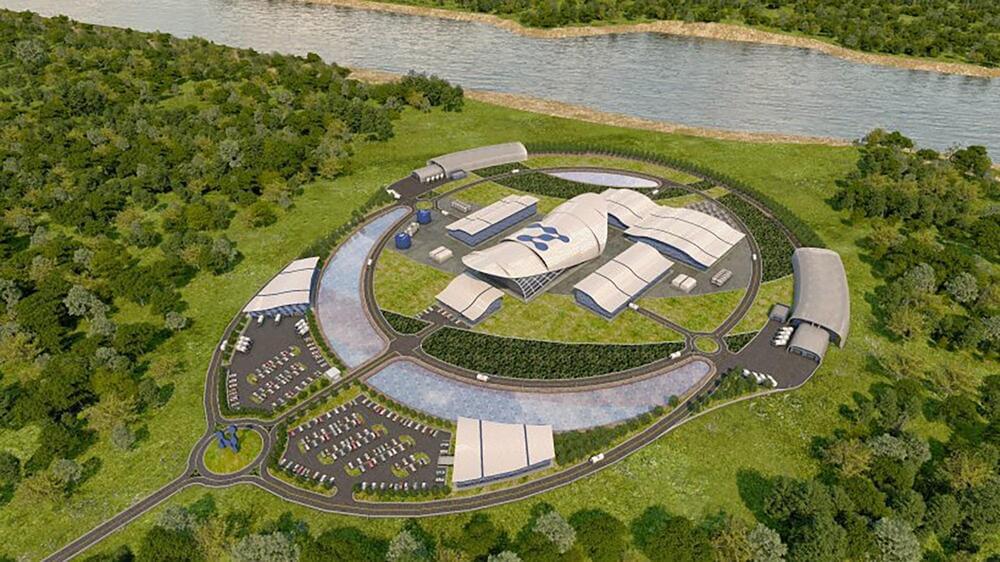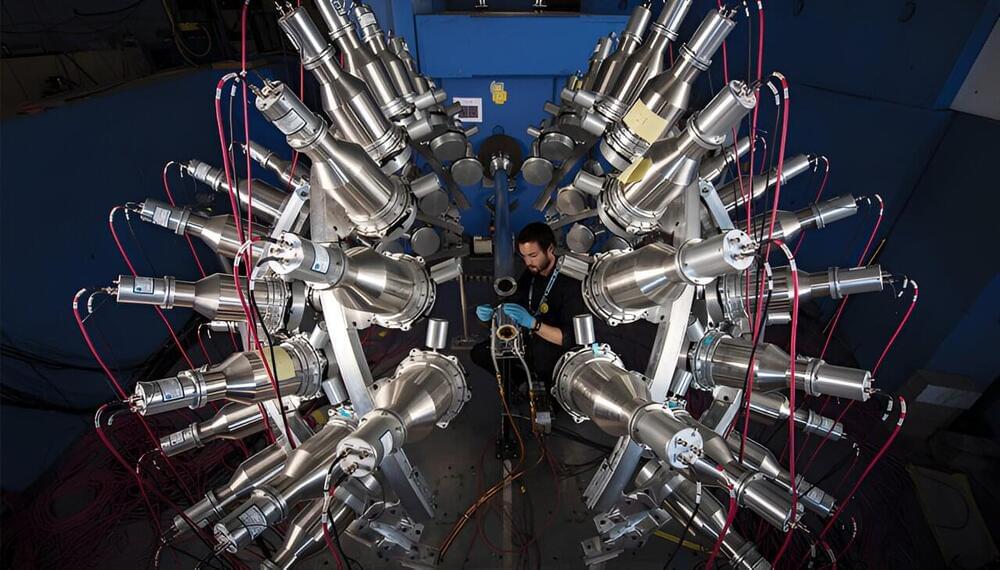O.0!!!!
DARPA is our favorite source for off-the-wall yet compelling technology. We’ve seen proposals for flying cars, handheld nuclear fusion devices, and now poop-powered nuclear reactors. It’s not as crazy at seems.
Wired explains that there would be multiple benefits to sticking portable, poop-powered reactors at military bases. The reactors could eliminate human waste (and the need to dispose of it) at the same time as they reduce the need to scrounge up pricey fuel sources. And since people never stop pooping, potential fuel is virtually limitless.
DARPA’s portable nuclear device doesn’t exist yet–the agency is currently soliciting design concepts. Want to apply? DARPA asks that generator designs produce 15,000 gallons per day of fuel and support an electrical load of 5 to 10 MW. The design should also be inherently safe. That means human waste shouldn’t go flying everywhere if something goes wrong with the reactor. If DARPA finds what it is looking for, perhaps the agency should consider tipping off Bill Gates and Toshiba–they’re also working on hot tub-sized nuclear reactors.








